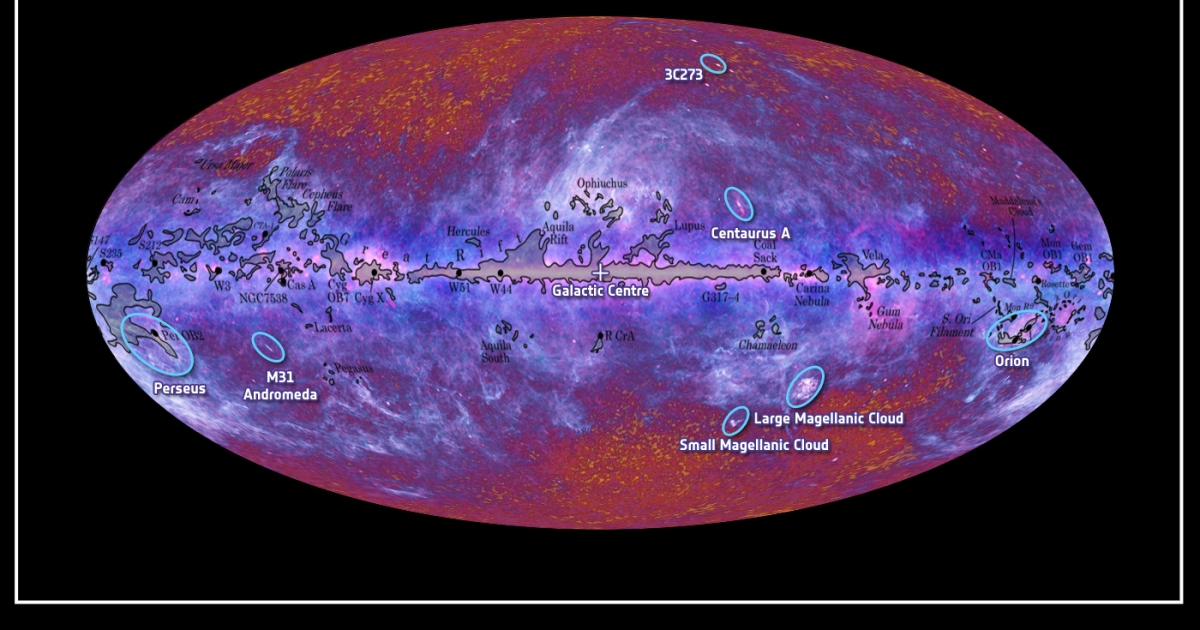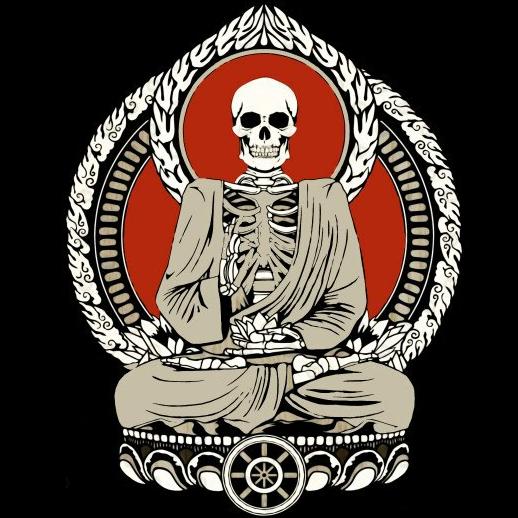Was the bigthink article written by a chat bot? It is long and doesn’t seem to say much. I didn’t notice any mention of BICEP2 which would seem relevant to this type of article. But I didn’t manage to do more than skim after the first few paragraphs.
Isn’t it talking about it here?
As light travels through the Universe, it interacts with the matter within it, and with electrons in particular. (Remember, light is an electromagnetic wave!) If the light is polarized in a radially-symmetric fashion, that’s an example of an E-mode (electric) polarization; if the light is polarized in either a clockwise or counterclockwise fashion, that’s an example of a B-mode (magnetic) polarization. Detecting polarization, on its own, isn’t enough to show the existence of super-horizon fluctuations, however.
Also, it is long, yes, but it doesn’t repeat itself like most Ai written articles. I’d say the author is just taking their time to spell the concept our in detail. Could have been said quicker and more efficient, I’ll agree on that tough.
It does repeat stuff which is what triggered me. BICEP2 was a satellite experiment that for a while seemed to have detected an effect predicted by a similar theory advanced by Penrose, https://en.m.wikipedia.org/wiki/Conformal_cyclic_cosmology
CCC has been firmly rejected by the author Ethan Siegal. Ironically the title of this article seems to contradict his posted article. There is no actual contradiction though. Siegal rejects CCC and says that cosmic inflation is now the mainstream theory.
https://bigthink.com/starts-with-a-bang/no-universe-before-big-bang/
It was written by Ethan Siegal, one of the most popular cosmologists. It’s long and says a lot, but the key takeaway is that we know that the hot big bang was preceded and set up by a previous phase of the universe believed to be “cosmic inflation”, which had an unknown length and could have lasted billions or trillions of years. BICEP2 is not necessary to prove cosmic inflation.
Usually inflation refers to a period after the big bang rather than before it. BICEP2 seemed to detect anisotropy in the CMB that pointed to something before the big bang, but that measurement turned out to be erroneous.
I hadn’t heard of Ethan Siegel. If you’re saying the article is legit then I’ll give it another read. I stopped the first time because I got bot vibes from some wordings. Thanks.
Siegal is my favorite cosmology writer. When ChatGPT writes an astronomy article you will know it because it will be full of basic errors that an elementary school teacher could spot. ChatGPT told that Andromeda was inside the MIlky Way lol.
Usually inflation refers to a period after the big bang rather than before it.
I think that is an older simplistic theory. Siegal says that the “hot big bang” is something that happened at about t0+10^-32. Time t0 is where the BB timeline starts because it is the earliest time we can extrapolate backwards to. The time between t0 and the hot big bang represents the final fraction of a second of cosmic inflation. Even the originators of cosmic inflation admit that nobody knows how long cosmic inflation lasted.
Thanks, I had previously read that inflation too place between 1e-36 and 1e-32 sec after the big bang, rather than before it. I will read both Siegel articles (he seems to spell it with -el). I don’t know what time durations are even supposed to mean under such conditions but that’s ok, hopefully the theorists have some kind of idea.
Added: oh I think there is a difference in terminology. What Wikipedia calls the inflationary epoch is what Siegel calls the hot big bang.
I didn’t get bot vibes, but I also thought it took too long to get to the point. It did an awful lot of stepwise walking to how we determine which theory fits the patterns–I assume to handhold lay readers. I’m pretty lay but I found it tedious. But of course there is always someone who needs more hanging than you do.
I think before the Big Bang, there was the Big Date, unless the Universe was a slut then.
Well, the Universe does have all of the STDs known to exist.



